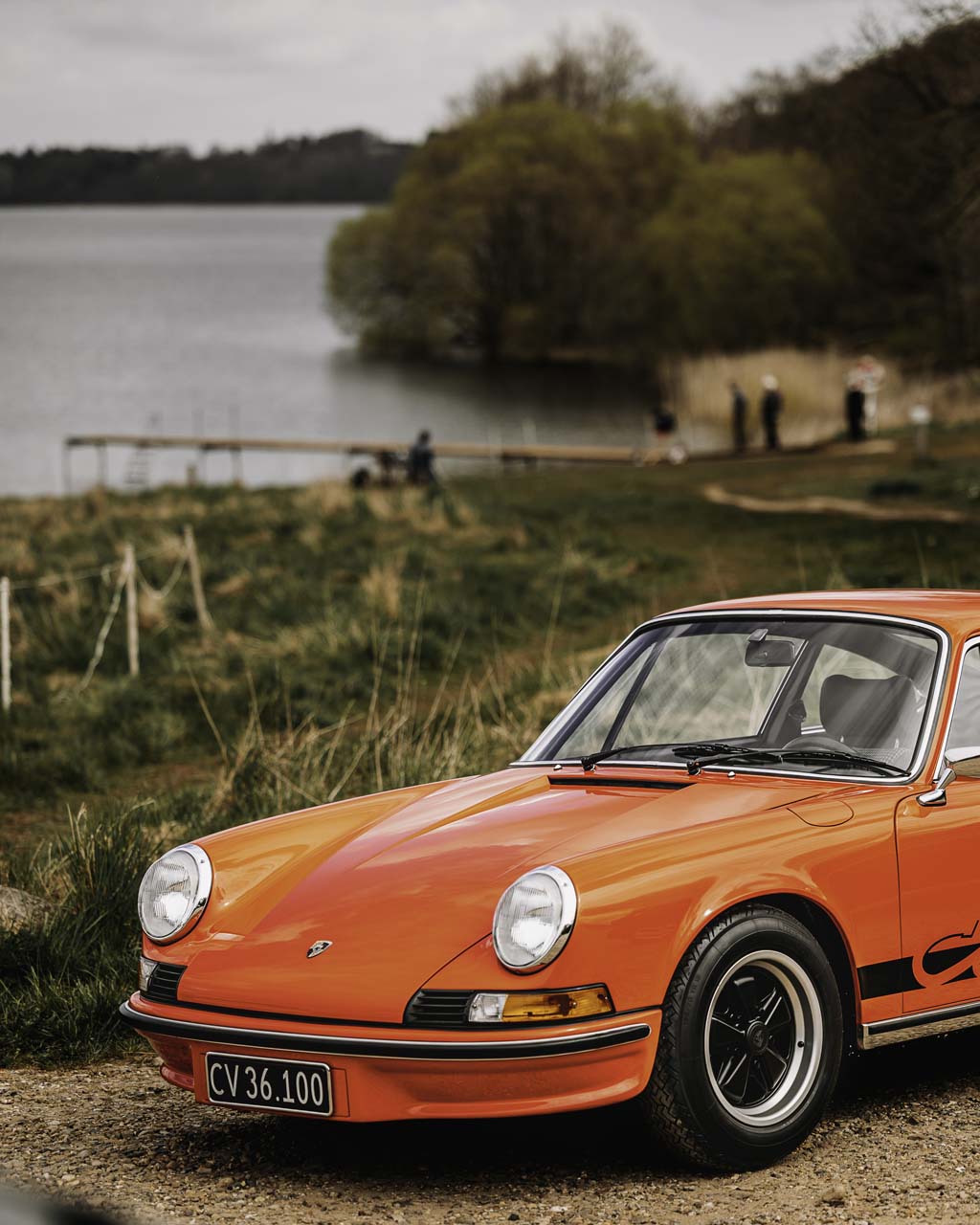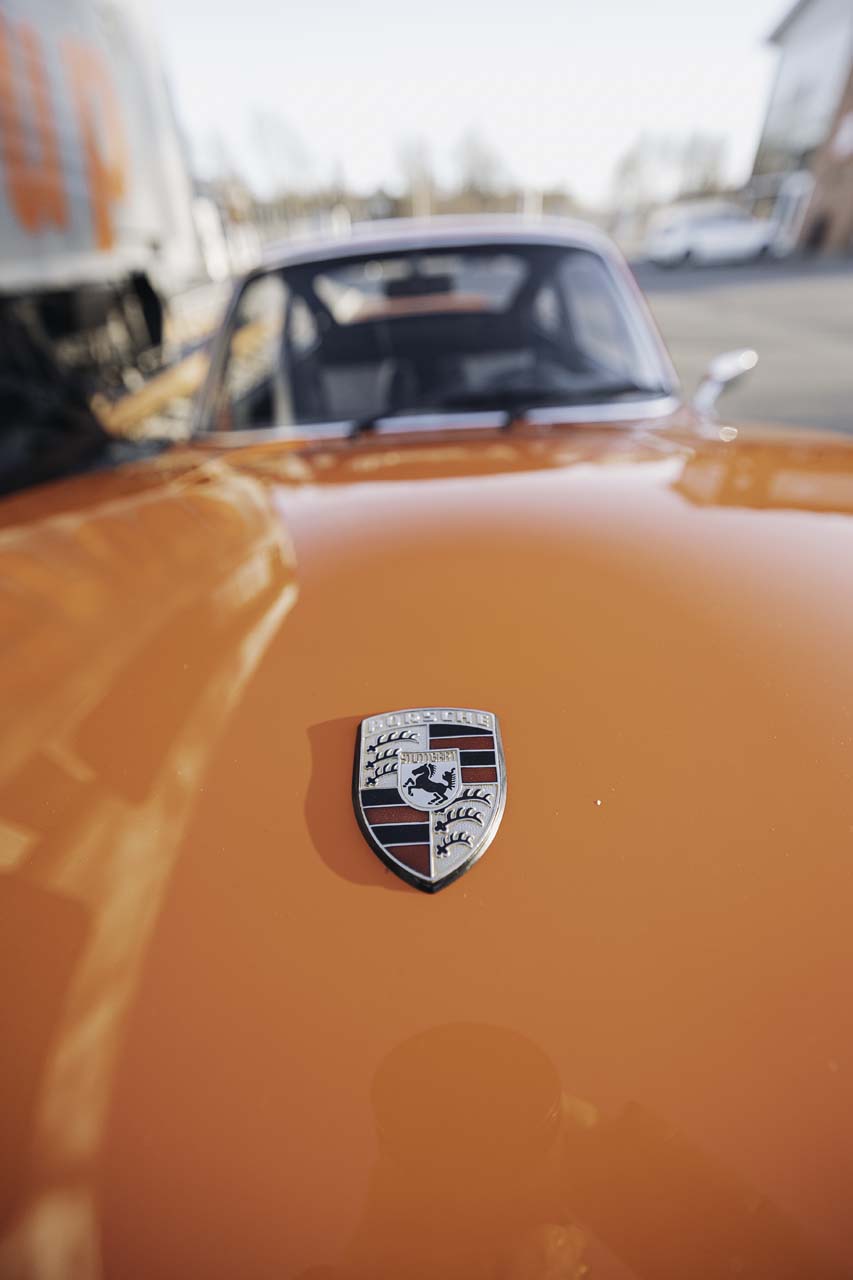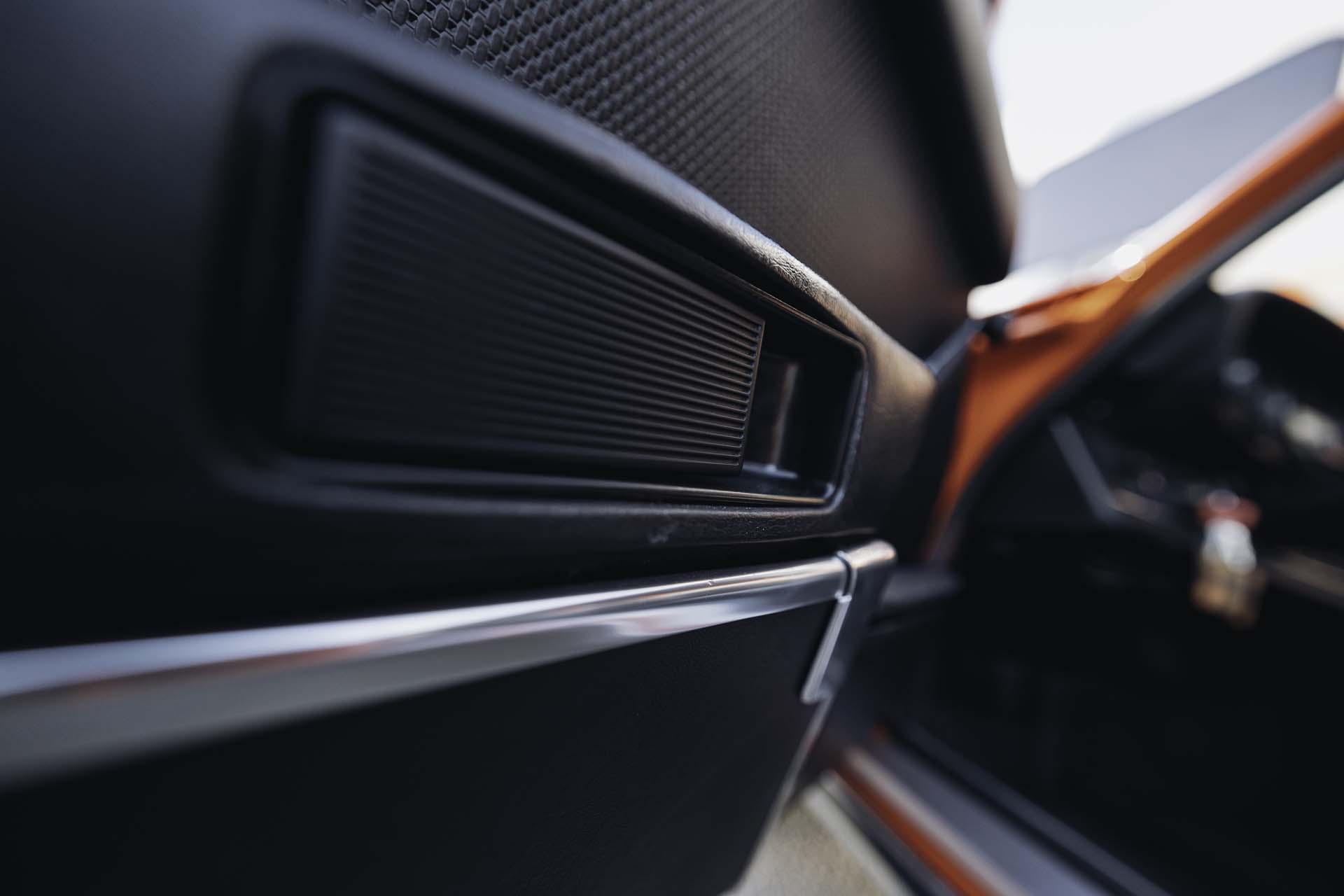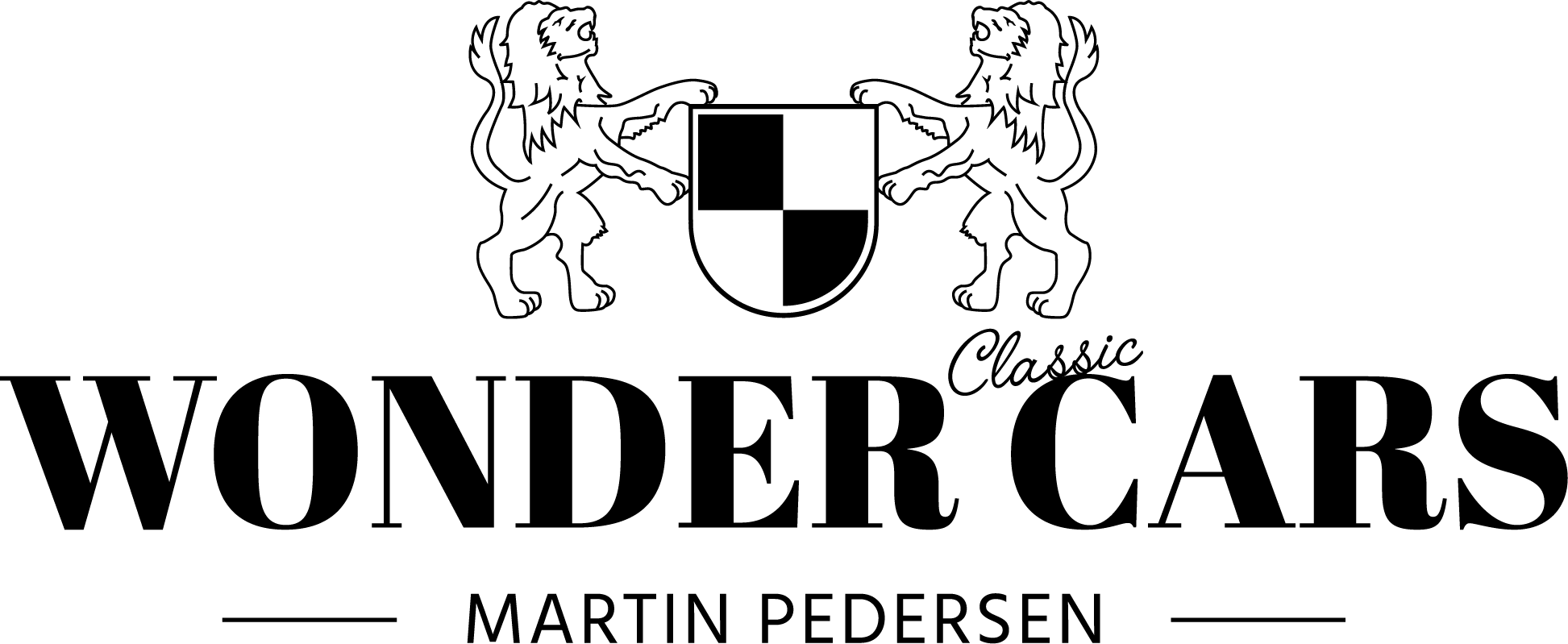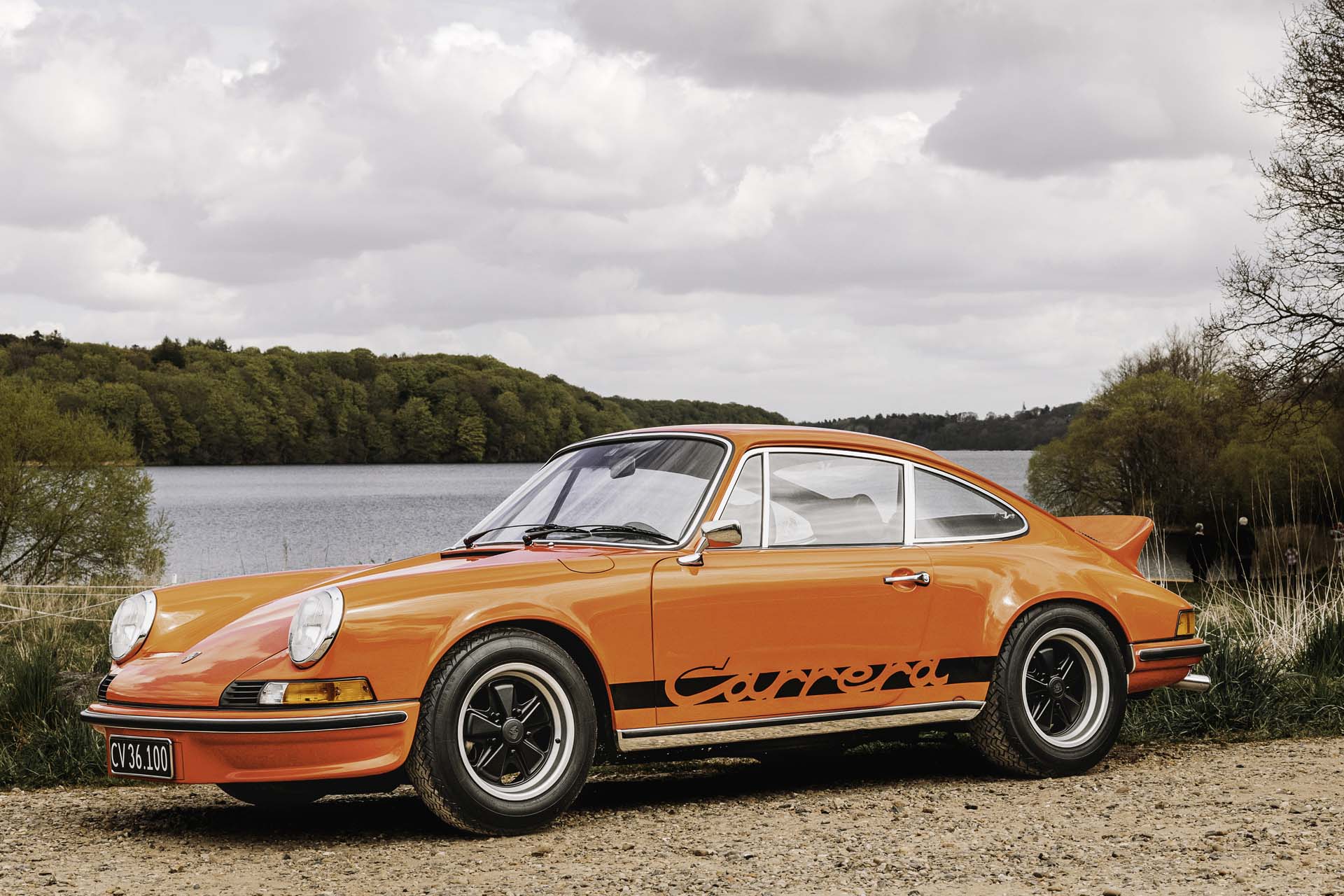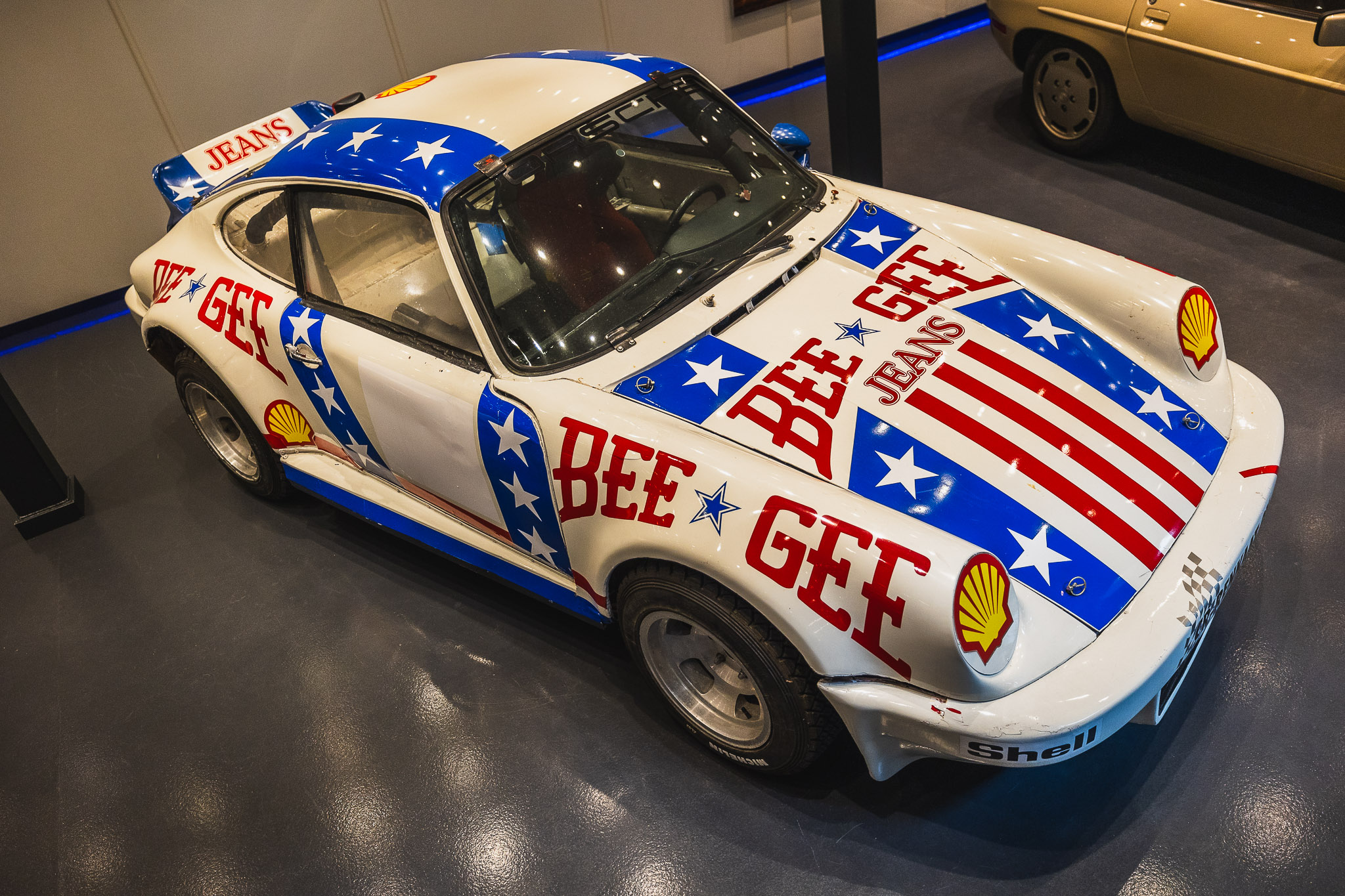Car No. 278
1/1973
Motor: 2,7 l
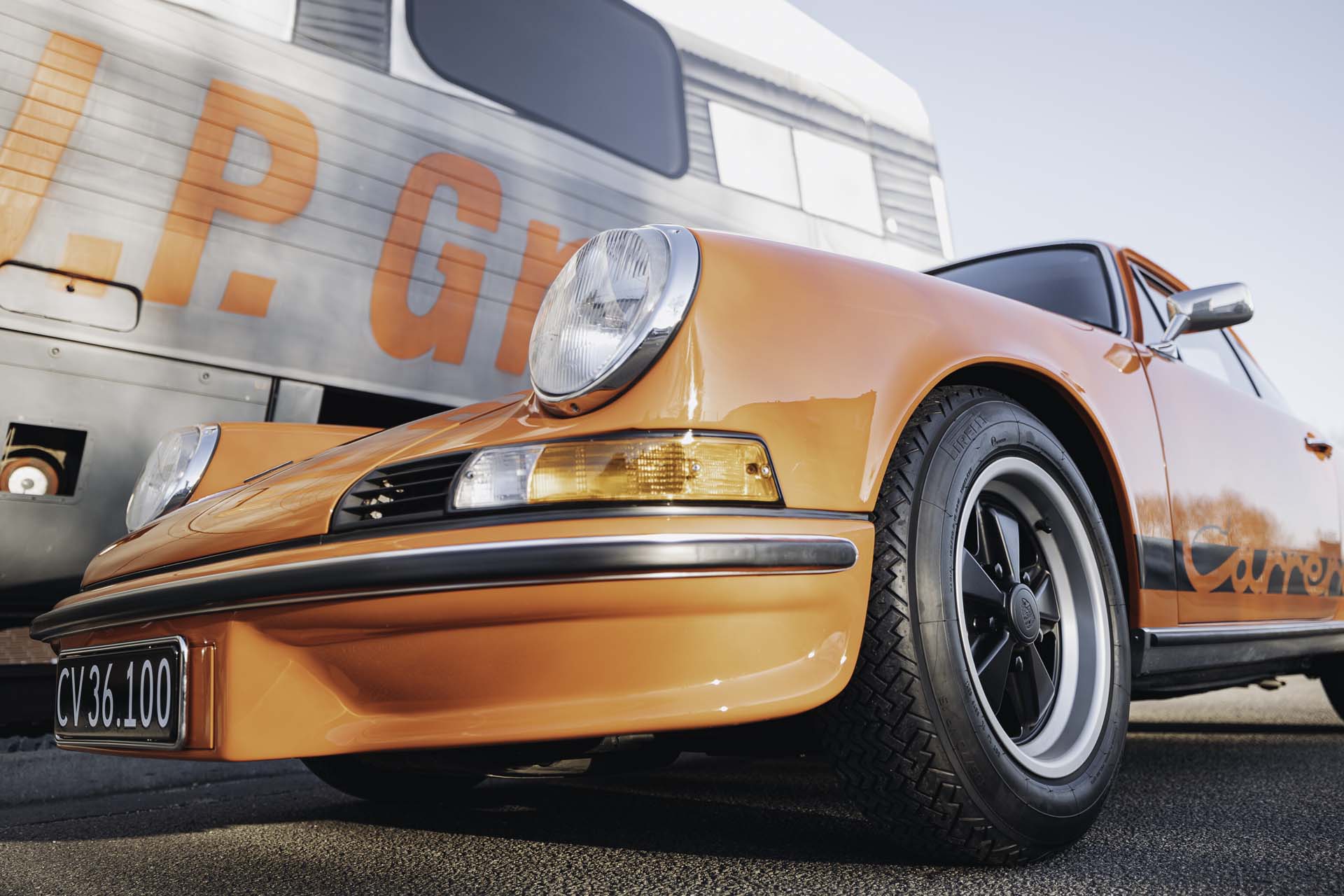
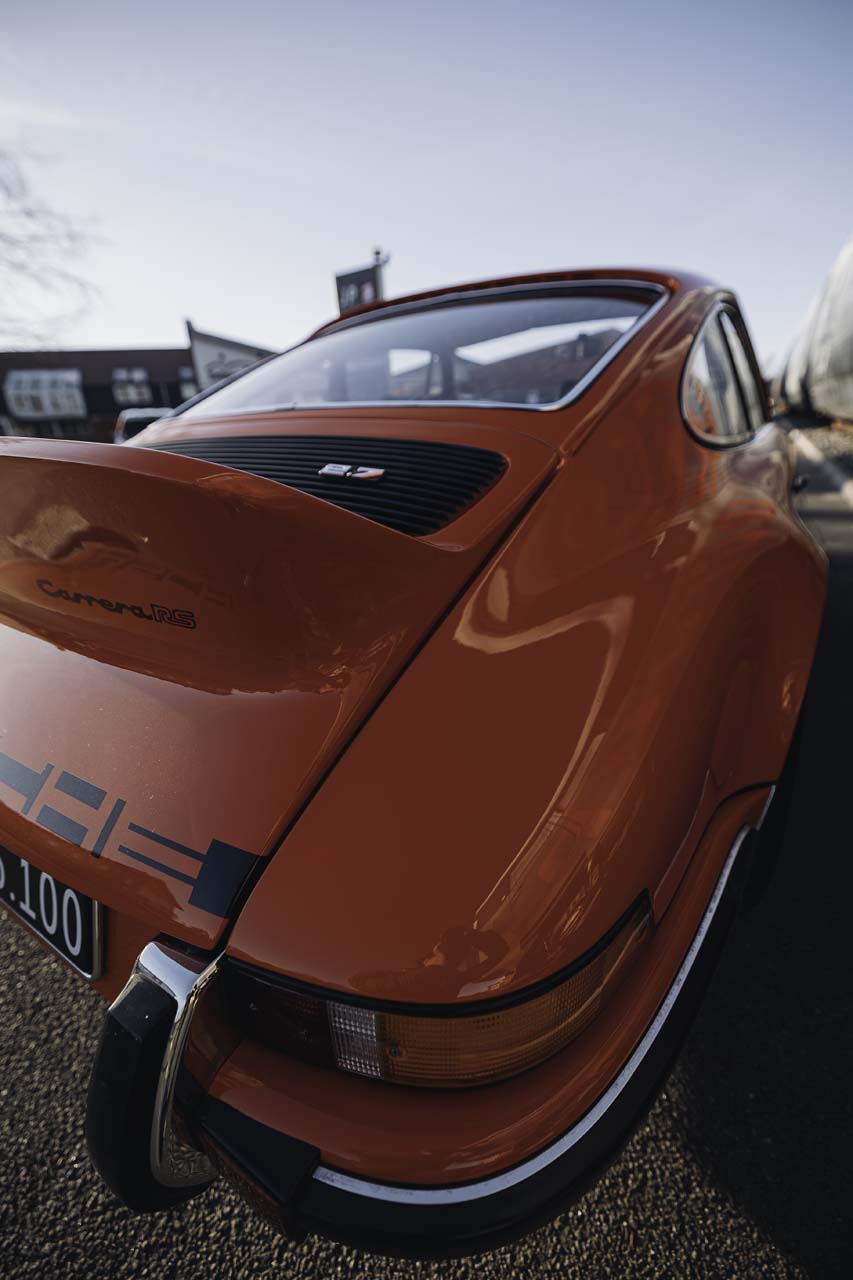
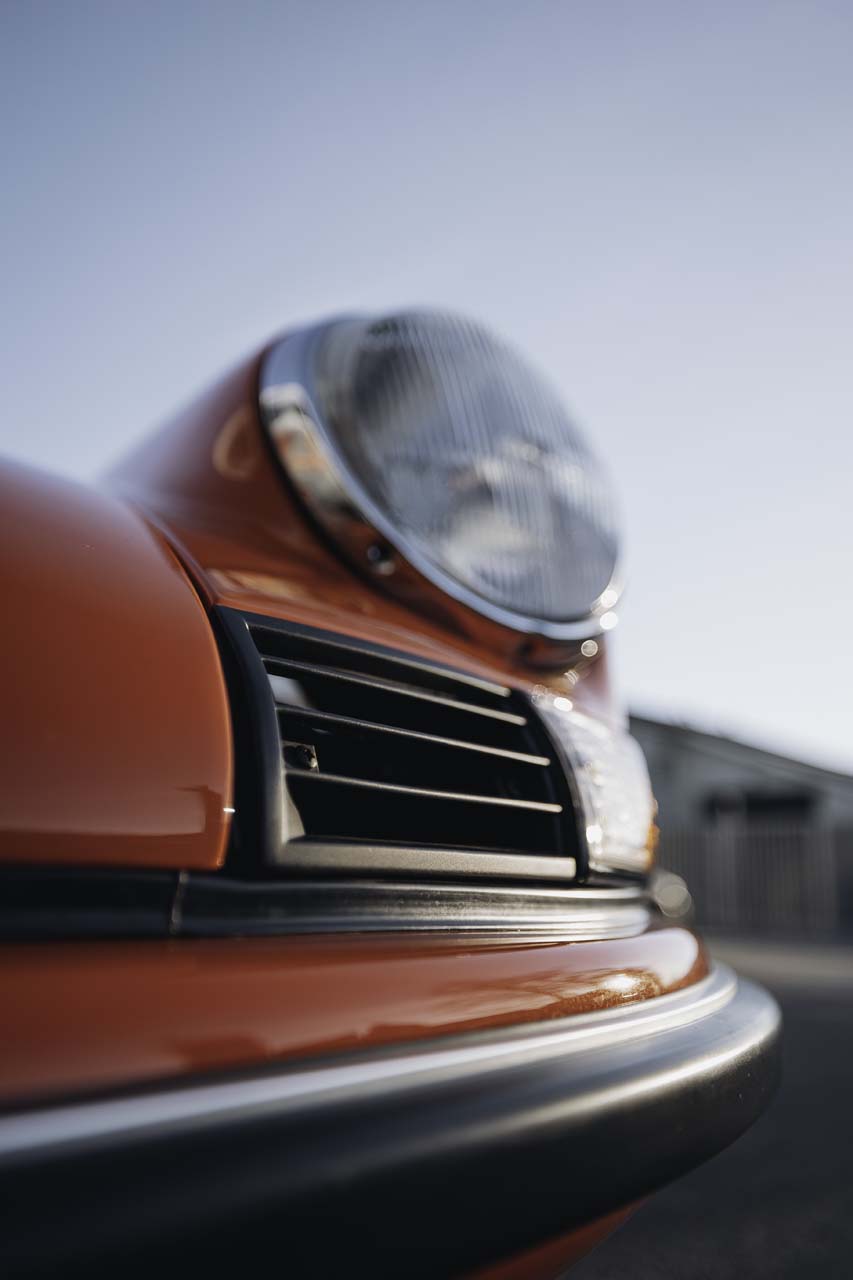
50 years ago, with this special 911 model, Porsche had a sales and brand success that I don’t think they even saw coming. By the presentation at the motor show in Paris in October 1972, it was the fastest German streetcar that was produced in series, but there were doubts, how many it would sell. Before the end of 1972, the first 500 specimens, that had to be produced to be able to get an actual street approval, were sold out. And it really took Porsche by surprise that the interest was so great. A total of 1,580 specimens ended up being sold until production ended in July 1973.
Today this car is iconic and a very expensive collector’s item.
The Carrara RS 2.7 was really a pure sports car with the distinctive rear spoiler (hence the name ”duck tail”) and with a newly developed RS front spoiler. It was lighter and stronger than a regular 911 body, as it was made of thinner metal, the windows of thinner glass and the soundproofing was completely removed to get the raw sports car/racer feeling.
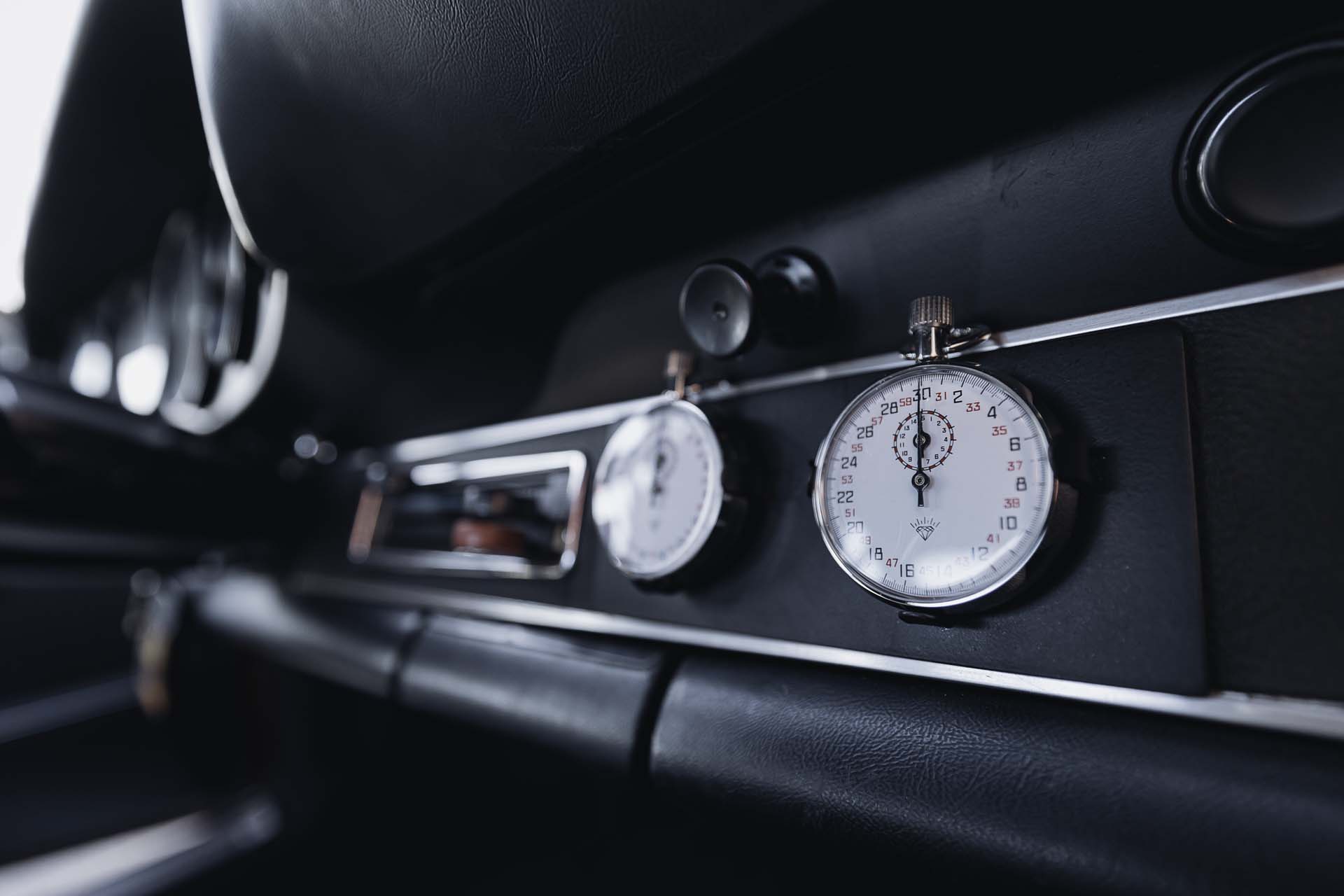
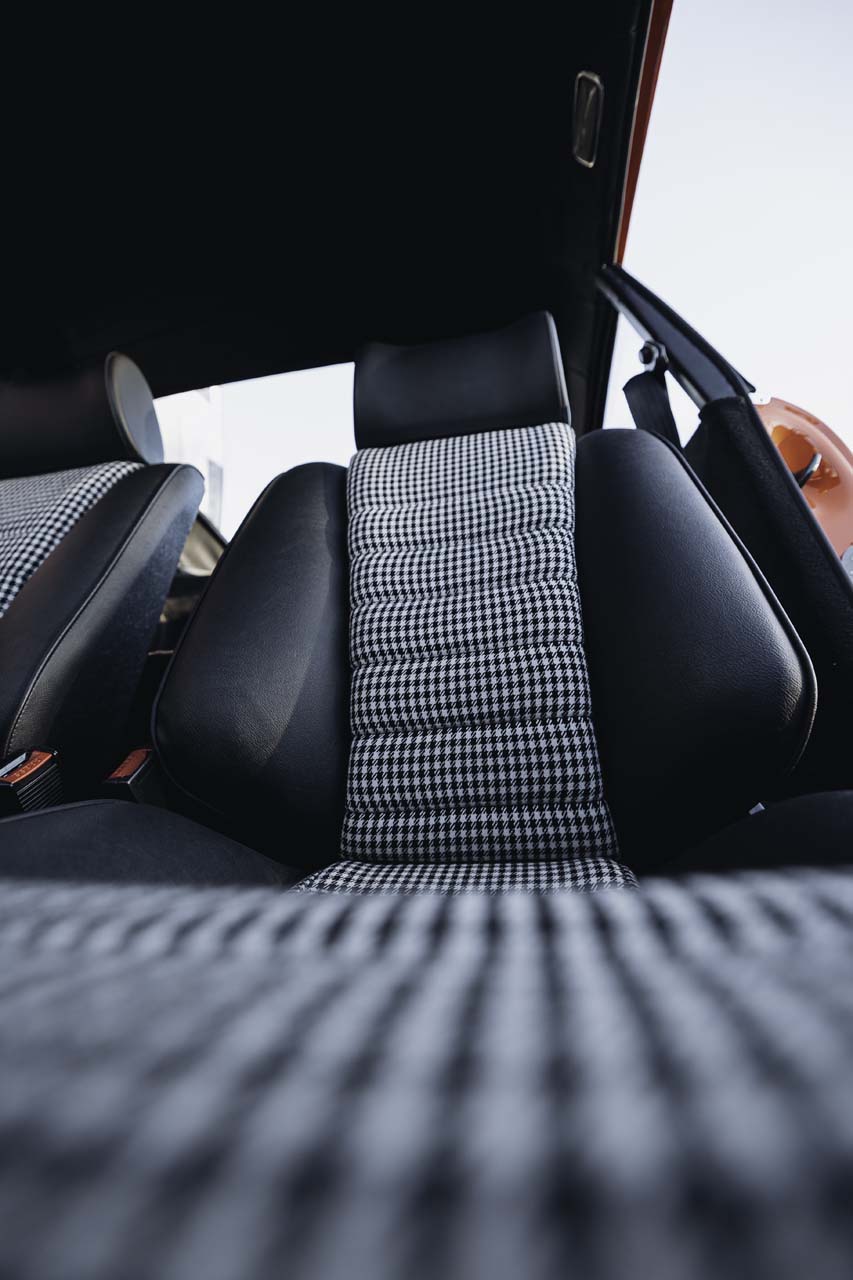
One of the reasons why I think it became so popular is that it was a unique combination of a racing and a streetcar, and it could be combined in several different colours and with the Carrera logo along the side in two different versions.
1) 1,380 Touring specimens were produced being the most popular
2) 200 extra sporty and lightweight specimens without rear seats, floor mats, clock, etc. were produced. This version was about 115 kg lighter than the Touring version.
3) Furthermore 55 specimens of the racer version were produced for track use.
Technically, the car was equipped with a 2.7-l 6-cylinder engine that delivered 210 hp. Top speed was 245 km/h, and back then 0-100 km/h in 5.8 seconds was really fast for a car that could also be registered for street use.
Both chassis and suspension were tighter and firmer, and wider tires were added to the rear axle to increase stability during acceleration.
The ”duck tail” rear spoiler is a chapter of its own. With the highest hp so far with the engine in the rear end, you were challenged with having to get as much weight to the rear axle as possible to maintain grip on the asphalt. Back then, the car still had to be light, and it had to retain the beautiful 911 design seen from the side.
Porsche implemented wind tunnel technology and a great many test hours, and succeeded in getting a construction that was not only elegant, but also worked to both stabilize the car, provide the engine with extra cooling air, and finally it could actually increase the car’s top speed by approx. 5 km/h.
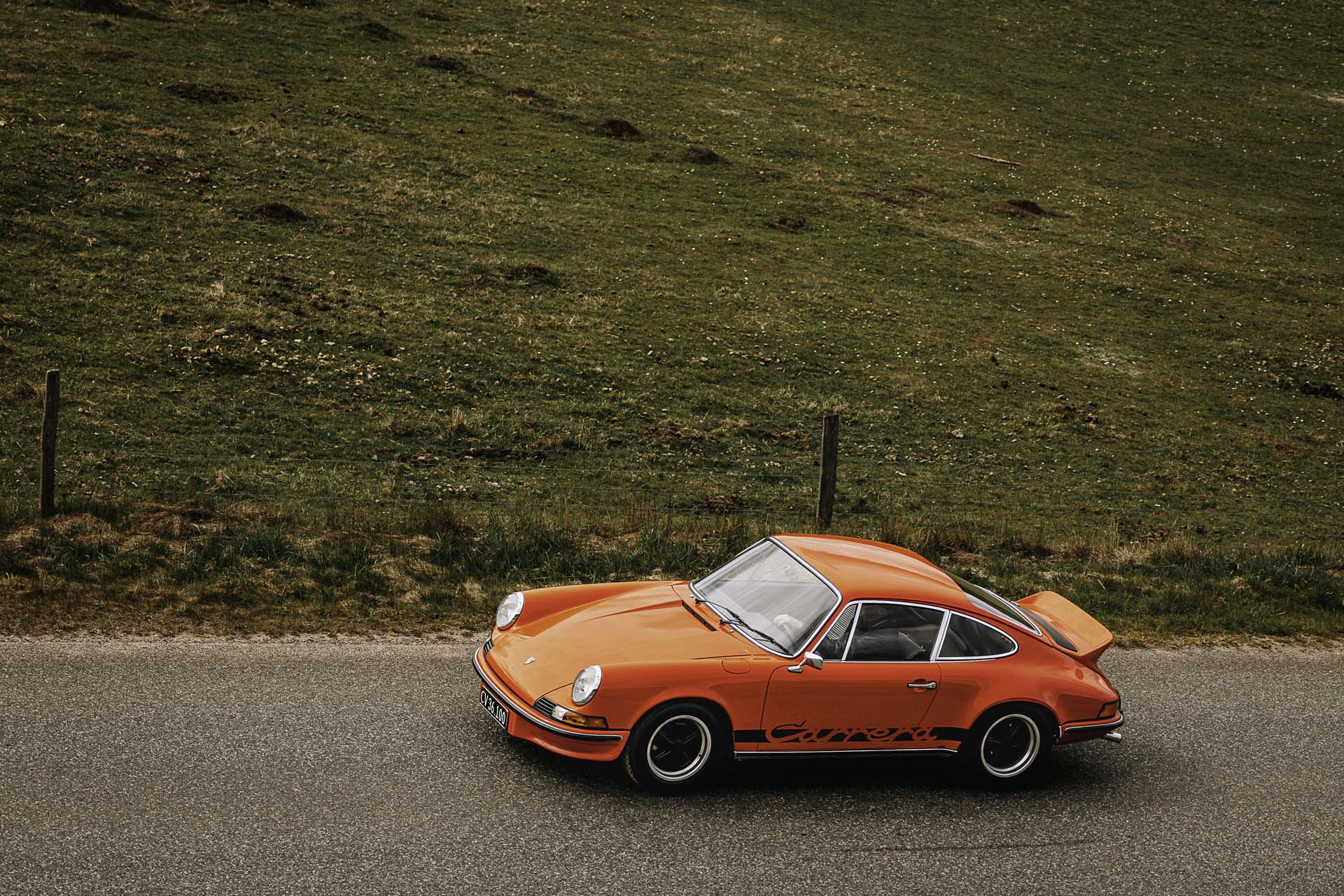
History
My Carrera 2.7 RS is completely original, as from when it was born. A Touring edition with the so-called M472 equipment produced in August 1972 and therefore among the very first series introduced in Paris. It was first registered in January 1973.
The car is supplied in the beautiful Tangerine orange colour code 6809 and with black leather/Pepita pattern on the original Recaro sports seats. Among the many colour variants, this special model Tangerine orange didn’t really become that popular, but I think it’s incredibly beautiful with the black Carrera logo along the sides. I think it enhances the very sporty look of the car.
The car drives amazingly as one of the last generations of the F-model series, which was replaced the following year by the G-model.
Its history is quite unique, as it has only had few owners – all are known and described in the owner specification. During the first 10 years it was owned by Alois Ruf from the well-known Porsche tuning company Ruf Design. It simply functioned as one of his everyday cars, and he took advantage of the unique combination of having a sports car that he could also drive on the racetrack in weekends if he wanted to and had the time.
The car has original engine and comes with a certificate from Porsche.
